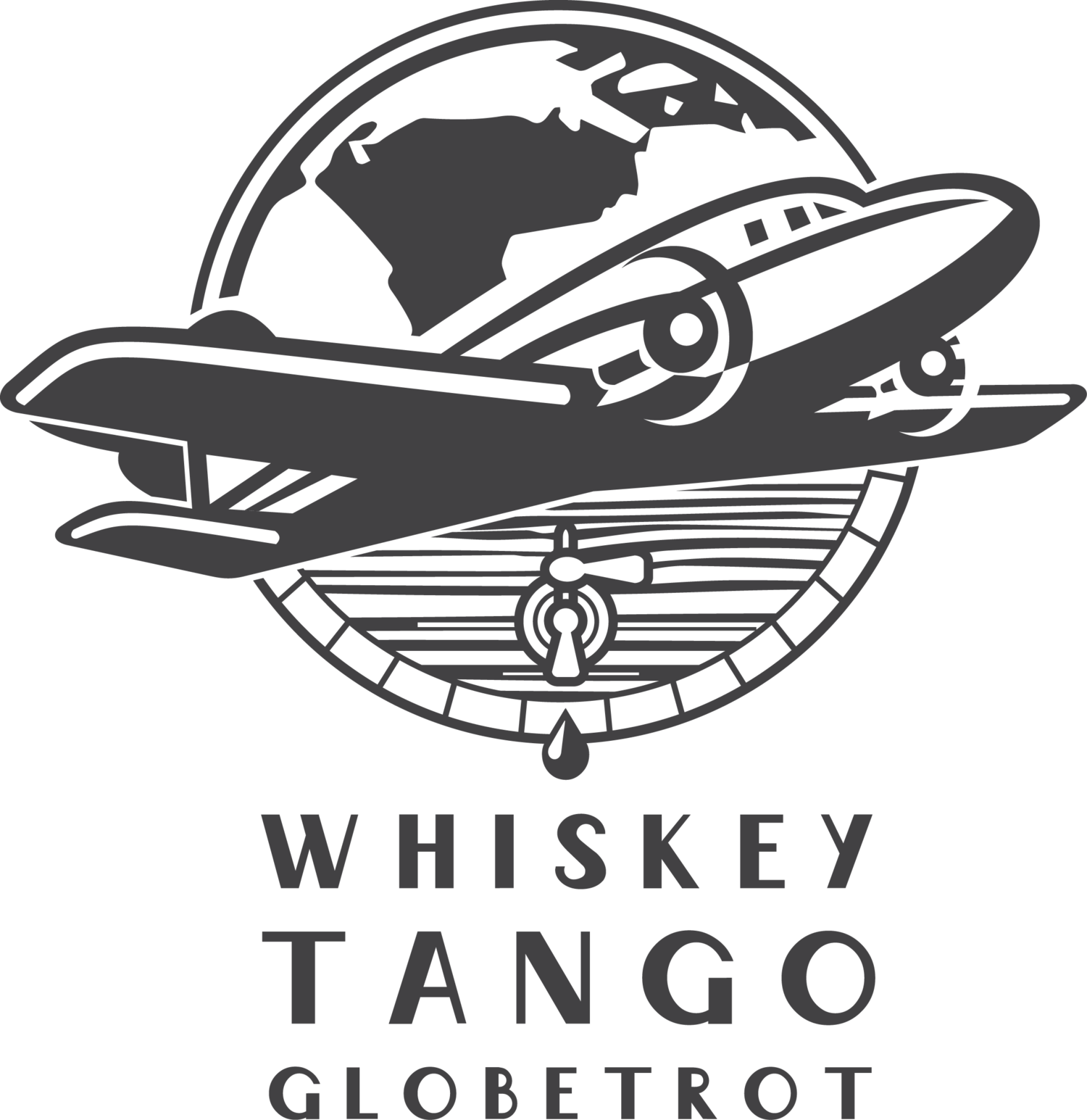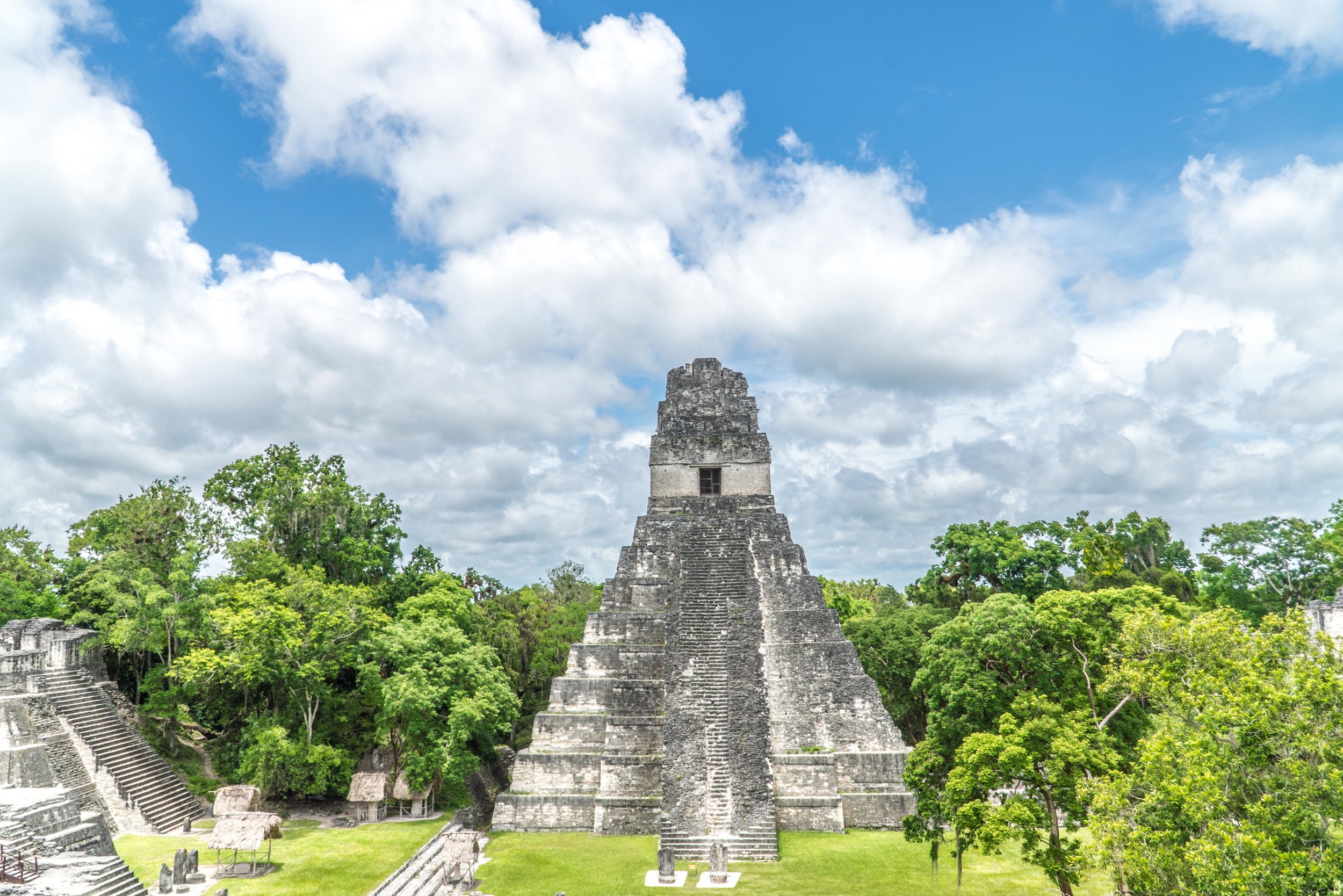A Budget Africa Safari for Less Than $1,000, Part Two
I'm just going to go ahead and say it again: There is no place that's as otherworldly as Namibia, Africa. A few weeks ago I shared about my experiences on a Africa safari for less than $1,000 with my host in Namibia, Chameleon Safaris. That's right, an Africa safari (in Namibia) for less than $1,000. Now that's what I call a budget Africa safari! I discussed the first half of the trip in my last post about safariing around Etosha National Park, one of the largest game reserves in Africa and otherworldly in and of itself. Well folks, it's about to get even more otherworldly, as we're taking a trip now down Fury Road. That right, traveling down through the same terrain as Mad Max: Fury Road.
Picture this with me. All in one day of driving through Namibia, you pass along the edge of one of Africa's largest game reserves, before traveling through passes like you might expect in Lord of the Rings, and continuing on past Namibia's largest mountain, Brandberg Mountain, where nearby you purchase jewelry from indigenous locals selling craft goods out of a cart being pulled by mules. Now take a breath. That all sounds like a trip that'd take an entire week. Yet that was just a half day of driving through Namibia, and all of that without even mentioning Swakopmund, a German beachfront resort town along the Skeleton Coast where we spent the night. Swakopmund is one of those rare places that's kind of like if you had been traversing the Sahara and all of a sudden you came upon a resort town on the ocean with German colonial architecture and lined with supermarkets, boutique shops, outdoor cafes, and pubs. Crazy, right?
This really began the second half of our trip, and was it ever a trip. Swakopmund was like our intermission, where we took a breath before continuing on the journey. And we jumped back into that journey quick, as it first involved traveling through parts of one of the largest and oldest deserts in the world, the Namib Desert. Not only is the Namib one of the largest and oldest deserts, but it's also home to some of the tallest sand dunes in the world, including Dune 7, which isn't far from Swakopmund in Walvis Bay. You guys, it's a 1,000-foot sand dune! I'm used to running up 10-20-foot sand dunes on the Outer Banks of North Carolina, and this is a mountain of sand. And a mountain of sand you can actually sandboard down, since it's one of the most famous sand dunes in the world for sandboarding.
This part of the trip, however, was less game drive, and more landscape drive. Nonetheless we did happen to see a number of zebras, elephants, and a helluva a lot of oryx, which is a species of antelope that is essentially the official animal of Namibia. One morning I even woke up to an oryx outside of my tent grazing. It was equally awesome and terrifying.
This part of my Africa safari trip was characterized by Namibia's world-famous sand dunes, which may not seem like that interesting. But when you consider that many of them, like Dune 7, are less dunes, and more mountains, then it only adds to the otherworldliness of Namibia. Put a herd of zebras, oryx, or ostriches in front of them, which was often the case, and they're pretty picturesque.
The last couple of days all took place in Namib-Naukluft National Park, largely at Sossusvlei, a salt and clay pan which is home to several of Namibia's most unique natural landscapes, including a number of tall sand dunes you can hike, such as Dune 45, Big Daddy, and Big Mama. Big Mama and Dune 45 are shorter than Big Daddy, making for an easier and quicker hike to the summit, which can be done in about 30 minutes. Get ready to feel that burn for the entire 30 minutes, however. Also nearby is Deadvlei, a clay pan that is one of the most picturesque places I saw in Namibia. It's beauty is largely in part because of the acacia trees that still stand in what was once an oasis with the backdrop of the tall sand dunes rising above it. In the morning, when the light hits the sand dunes and clay pans right, it's some of the most beautiful landscape I've ever seen. I never thought I'd ever say that about sand dunes.
Could Namibia get any more otherworldly? Actually yes, it can. That's because just outside the gates of Namib-Naukluft National Park is Sesriem Canyon, which is no Grand Canyon, but is as deep as 100 feet below the surface at some places. A natural canyon carved out by the Tsauchab River, it's one of the only natural places in Namibia with water year-round. It has a parking area where visitors can get out and walk down inside the canyon, which leads to a small pool of water at the end of the trail.
On that last night in Namibia, at my home for the last two evenings of our trip, Desert Camp, I sat in the tree by my tent and took in the moment, as I saw more stars than I had ever seen, lighting up the sky above the rising hills of Sossusvlei. That day, I had seen hot air balloons rise over some of the tallest sand dunes in the world, walked through canyons that were originally rivers, hiked sand dunes mountains, strolled across clay pans that were once lakes, and had antelopes walk up so close to me that I could have petted them. I uttered under my breath, "This is Africa," as I wished I could bottle up that moment. And then a few hours later during the middle of the night, as I was chugging two liters of water because I woke up more dehydrated than I had ever been, I uttered this time, "This is Namibia, Africa." There is Africa, and then there's Namibia, Africa. I dare you to go and not leave different.
*If you listen to one thing I've said about Namibia, it's this: Carry and drink more water than you ever have. It really is one of the driest places on earth and after walking through the salt pans or climbing a sand dune, you'll be glad you had several bottles of water (yes, several).















